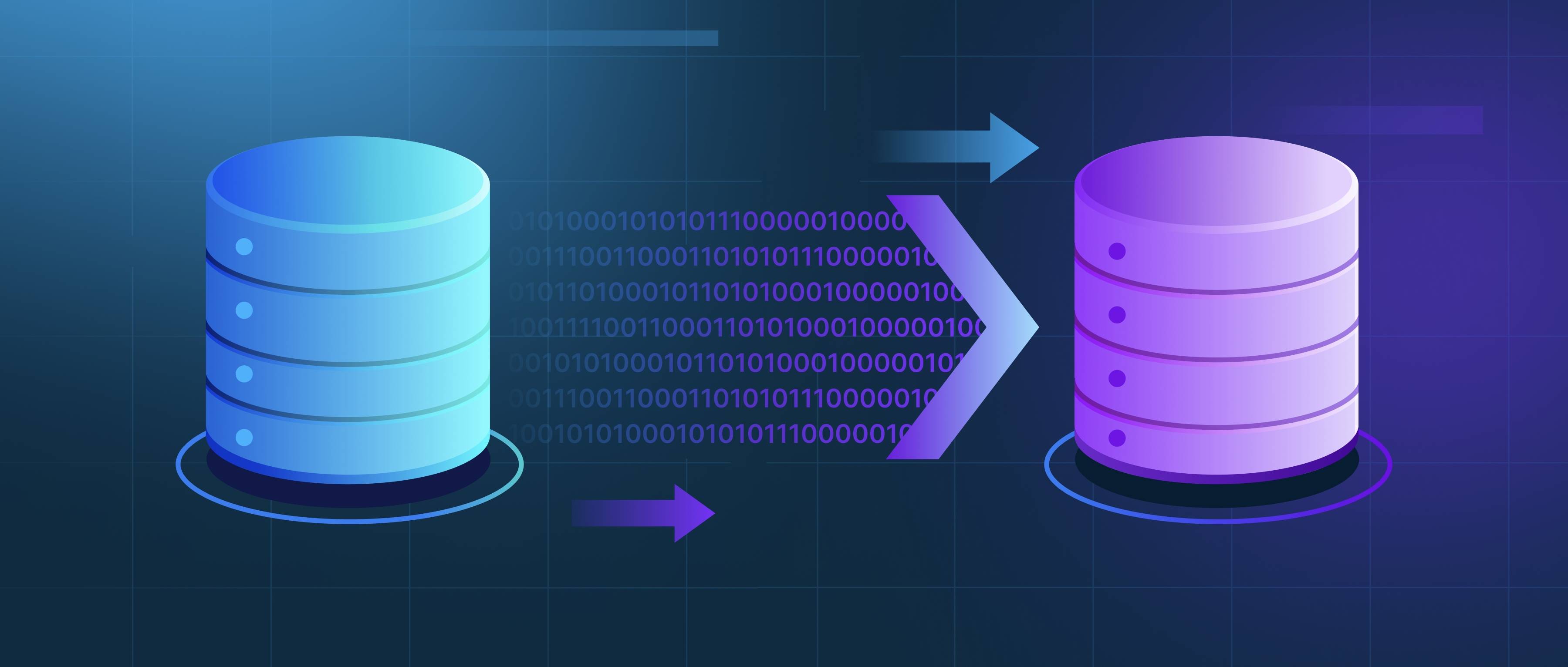An AI chatbot uses natural language processing (NLP) and machine learning to understand and respond to user queries in a conversational manner. Its workflow typically involves input processing, intent detection, response generation, and learning.
When a user inputs a message, the chatbot preprocesses the text by tokenizing it and applying techniques like stemming or lemmatization. This prepares the data for intent detection, where the chatbot determines the purpose of the user’s message using NLP models like BERT or GPT.
Once the intent is identified, the chatbot selects or generates an appropriate response. Rule-based chatbots rely on predefined scripts for responses, while AI chatbots powered by large language models (LLMs) dynamically generate replies. These LLMs, trained on massive datasets, enable the chatbot to provide coherent and contextually relevant answers.
Some chatbots integrate with external APIs or databases to fetch real-time information or perform specific actions, like booking a ticket or answering product queries. Advanced systems also use reinforcement learning to improve their responses based on user feedback over time.
AI chatbots are widely used in customer support, virtual assistants, and e-commerce to enhance user experience and automate repetitive tasks.
